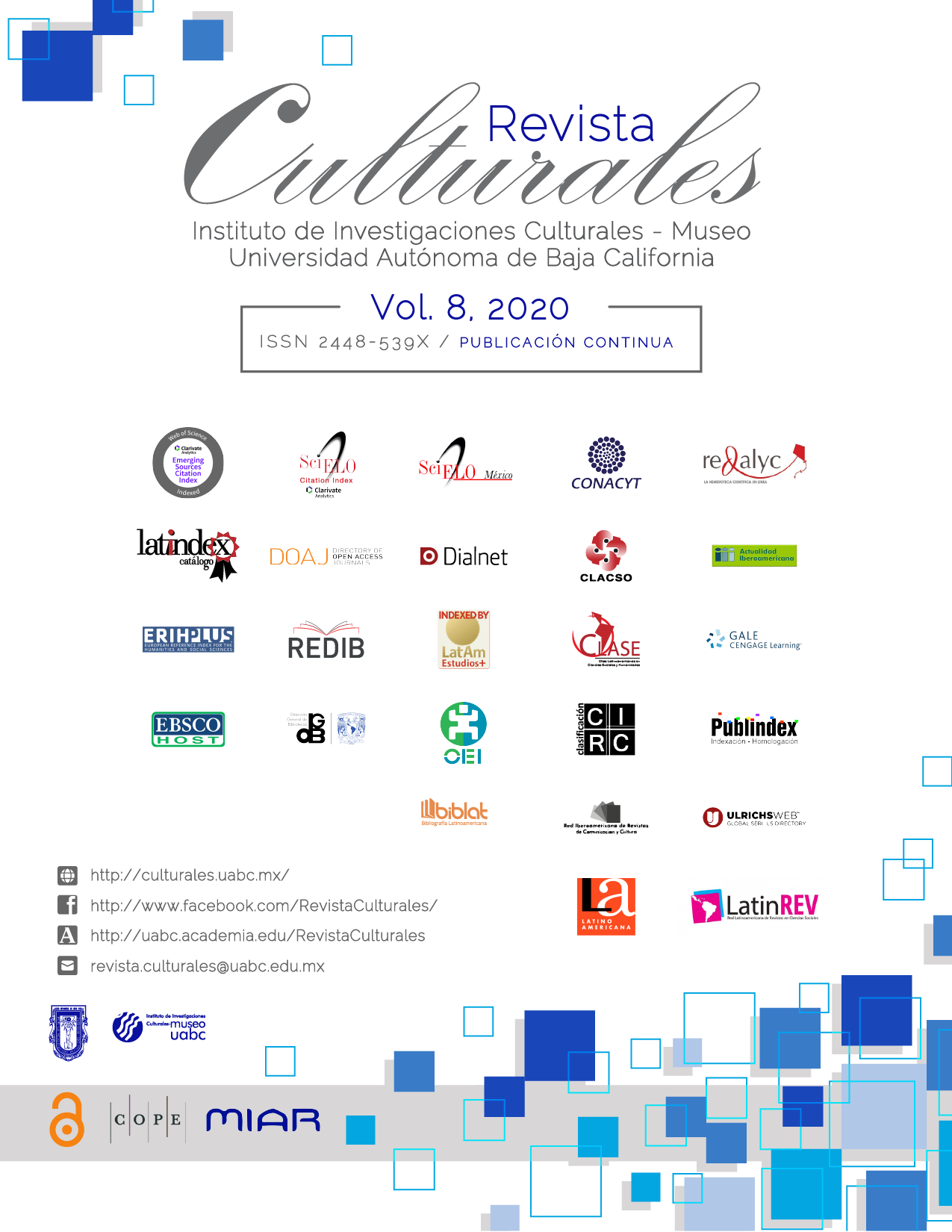On inclusions that exclude.
Desert, indigenous otherness and national territoriality in the first Argentinian cartographic productions
DOI:
https://doi.org/10.22234/recu.20200801.e517Keywords:
desert; indigenous otherness; national territory; maps; argentine Nation-StateAbstract
Territorial representations have been fundamental for the formation of modern Nation-State. This article analyzes the ways some cartographic productions disseminated during the Argentine Nation-State formation and contributed to create hegemonic image of the country. More specifically, it studies the mechanisms by which those representations defined the Pampean-Patagonian region as a desert, that is to say, as a differentiated space of the nation. This work reflects on the process of unmarking Argentinian identity and marking indigenous otherness by considering the thesis in which the concept of desert in Argentina involves an historical and political way of asking about the social relationship with indigenous people. In this way, it seeks to contribute to the recognition and the historical contextualization of the Argentine space-temporal process of collective identification and control of sociocultural diversity.
Downloads
Published
How to Cite
Issue
Section
License
Culturales journal allows you to share, copy and redistribute the material in any medium or format; adapt, remix, transform, and build upon the material for any purpose, including commercially, by properly crediting the work and providing a link to the license indicating whether changes have been made.
Culturales journal is licensed under the Creative Commons Attribution 4.0 International License (CC BY 4.0)























